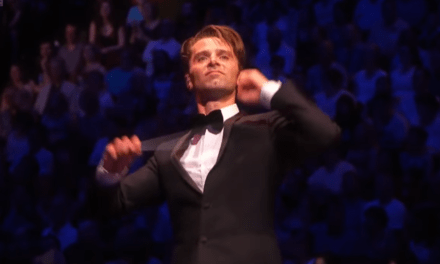In this short reflection on the study of television fictions, I endorse and qualify the recognition by several commentators in recent years that the boundaries between cinema and television have become blurred and require a re-visiting of key concepts. Reviewing ‘the Place of Television Studies’ in 2005, Lynn Spigel noted that ‘television scholarship is changing because TV itself is so different from what it was in the past’ and that ‘much of the literature … now seems out of sync with the objects it aims to describe’ (2005: 83). It is certainly the case that, in the 1980s and early 90s, television studies was somewhat hi-jacked by a strong media studies disposition towards audience studies and ‘readings’. This approach involved a mix of poststructuralist awareness of the multiple accents of signification, and a seemingly democratic disposition amongst ethnographers to valorise the individually-situated reading. Whilst this period of research yielded some valuable insights into television viewing, it militated against emphasis upon textual analysis. It is not necessary, however, to re-instate a textual fixity based on authorial intentions to make it worthwhile to undertake textual analysis in television.
Spigel notes the need for attention to be paid to textual matters in context, namely the ‘under-explored issues of television genre, narrative, aesthetics and program forms/schedules’ (2005: 84). Christine Geraghty has also remarked with concern that ‘in much teaching of television in higher education questions of aesthetics are being neglected’ (2003: 26). Indeed, a new, more “cinematic” mode of television fictions warrants the kind of analytic attention to principles of composition which has typically been the stuff of film studies (see Nelson, 2007). Geraghty explicitly proposes ‘making connections between film and television rather than defining them against each other’ (2003: 29). This is a helpful shift away from the binary distinction marked (and questioned) in Noel Carroll’s seminal summary (see 2003: 270). The density and depth of contemporary TV drama imagery and sound invites the kind of visual and soundtrack analysis which has hitherto been largely confined to film.
But we need to avoid simply assuming that there is no difference between film and television, and treating television as film when it is of high quality with high production values. It is ironic, for example, that when The Sopranos (HBO, 1999-2007) is celebrated, it is often spoken of as a film with David Chase as its auteur. This disposition unhappily reinforces the notion that the medium of television is inherently low grade and, if product is good, it must be film. Accordingly, I suggest attention needs to be paid to some of the developing specificities of television in respect of genre hybridity and long-form narratives alongside attention to that increased visual style and density of image which is leading television scholars to speak of the ‘cinematic’.
Though, with time-shifting devices and DVDs, HDTV and digital surround-sound, the experience of watching television increasingly approaches that of cinema for some viewers, the media continue to differ as cultural forms, particularly in respect of narrative structure. The television industry requires narratives to be sustained over several series of between six, 13 and 22 episodes, if not the endlessly continuing serial narratives of soaps. The Sopranos runs for some 80 hours when contemporary film runs typically 80-120 minutes. This has implications for TV fiction aesthetics, understood to denote the qualities and attributes of the specific artistic form in its totality. Indeed, the distinctive achievement of ‘high-end’ TV fictions today is a capacity to sustain, and develop, visual style and narrative complexity over significant spans of time. Differences also remain between film and television in the qualities of the image and, for most people, the viewing experience, but a key difference is narrative form. Film is short; contemporary TV fiction is long – and television programmes now also have endurance across various platforms such that scholars can, and should, take time to analyse the specificities of distinctive products.





